Get Off Auto Mode! A Beginner’s Guide to the Exposure Triangle
April 30, 2025
Last Updated on April 30, 2025 by Erin Donahue
If you’re still shooting in auto mode, it’s time we changed that. Understanding how to control your camera manually starts with one essential concept: the exposure triangle. In this exposure triangle photography guide, I’ll break down the three settings that work together to create a perfectly exposed photo, whether you’re using a fancy camera or just your phone. Let’s dive in!
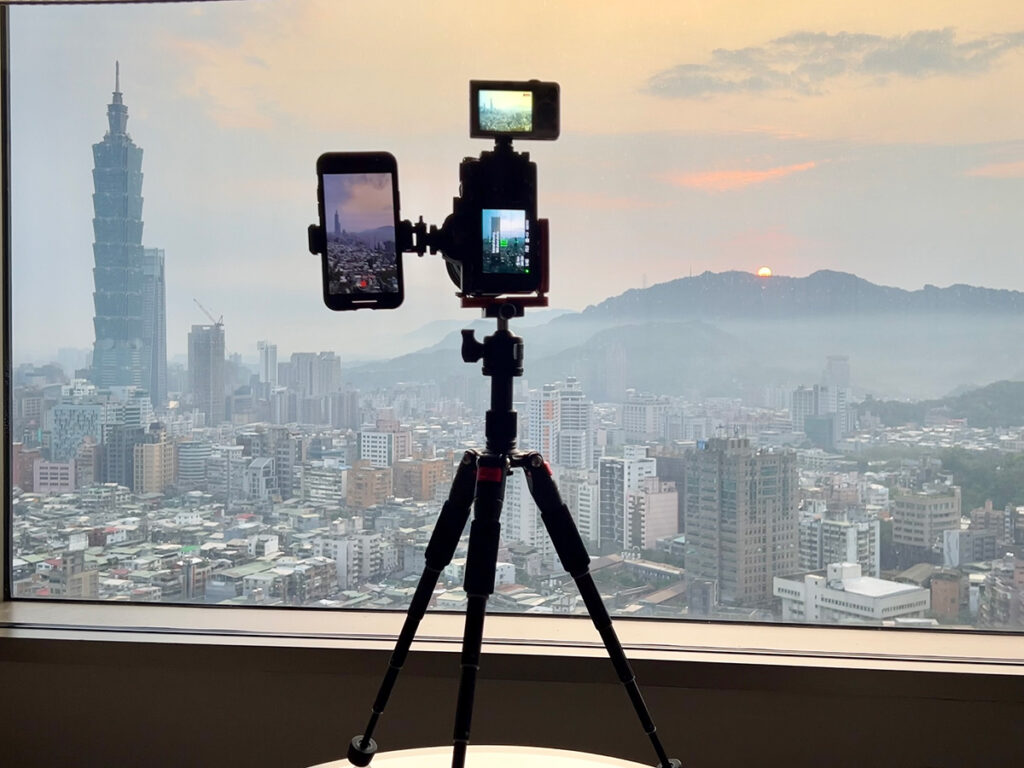
Understanding the Exposure Triangle
Before you can master manual mode, you need to understand the Exposure Triangle. It’s the relationship between three camera settings (aperture, shutter speed, and ISO) that work together to control the brightness (exposure) of your photo. Each setting also affects more than just light, impacting things like depth of field, motion blur, and image quality.
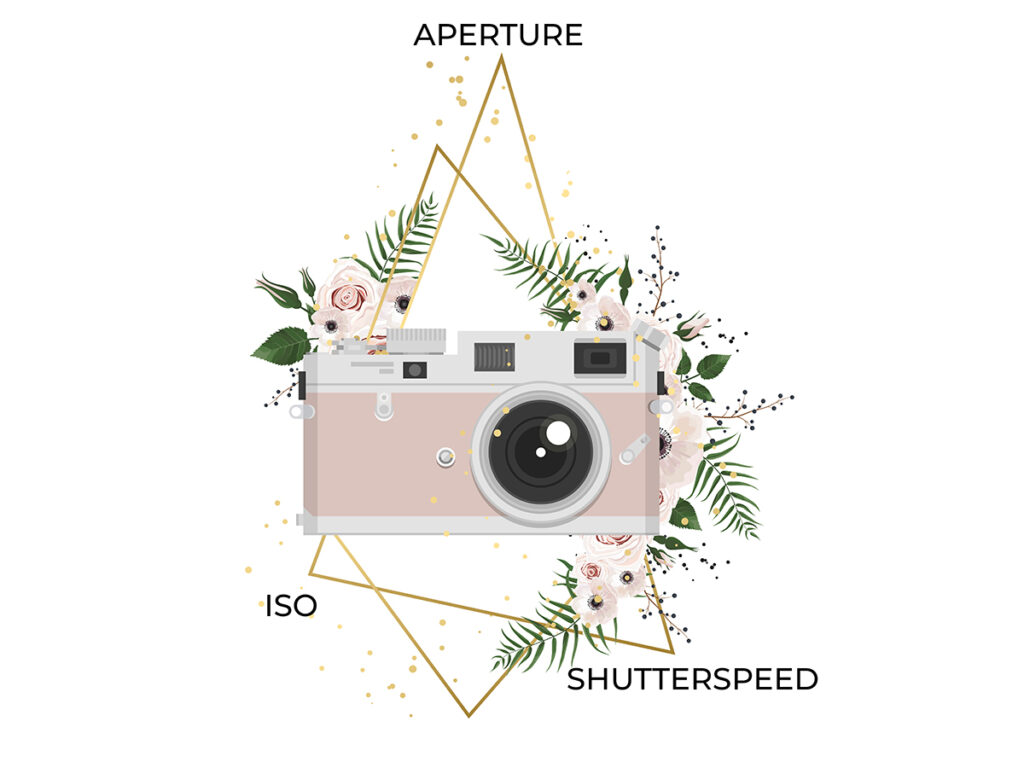
Why You Should Ditch Auto Mode for Good
Auto mode guesses what you want, but manual mode gives you control. When you rely on auto, the camera decides the exposure, depth of field, and motion blur for you. But when you switch to Manual (or even Aperture Priority or Shutter Priority), you tell the camera exactly what you want the final image to look like.
I’ll admit, I stuck with auto mode for years after buying my first camera. At the time, shutter speed completely confused me. Instead of experimenting, I relied on Auto to “decide” how to capture the scene for me, but the results were inconsistent at best.
It wasn’t until I got fed up with failing to capture the moments I wanted that I decided to hunker down and finally learn manual mode. The moment it clicked, photography went from frustrating to empowering! Once you’re familiar with aperture, shutter speed, and ISO, it’s fair game to experiment with your own style. Photography becomes less about luck and more about creating.
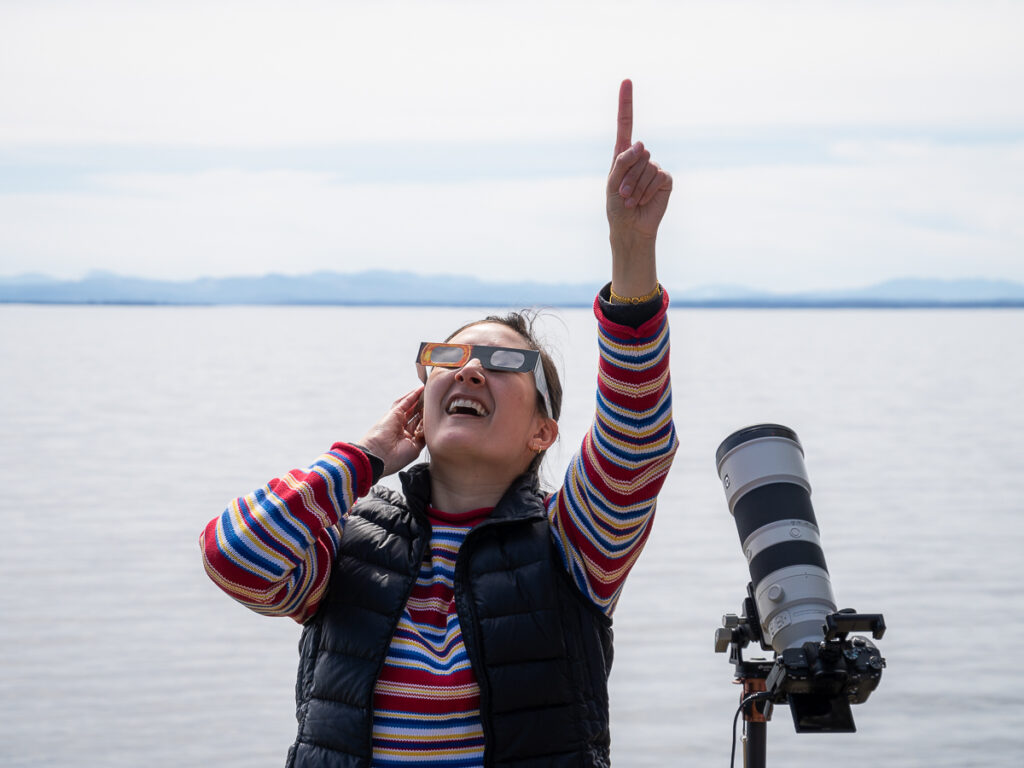
Aperture: Controlling Light and Depth of Field
Aperture is like the pupil of your eye. It widens to let in more light and narrows to let in less. If you ever forget which is which, think about when you get dilation drops at the eye doctor: your pupils get huge, and your vision gets blurry!
- A wide aperture (small f-number like f/1.8) lets in more light and creates a blurry background, perfect for portraits.
- A narrow aperture (large f-number like f/16) lets in less light but keeps more of the scene in sharp focus. This is great for landscapes and even product photography!
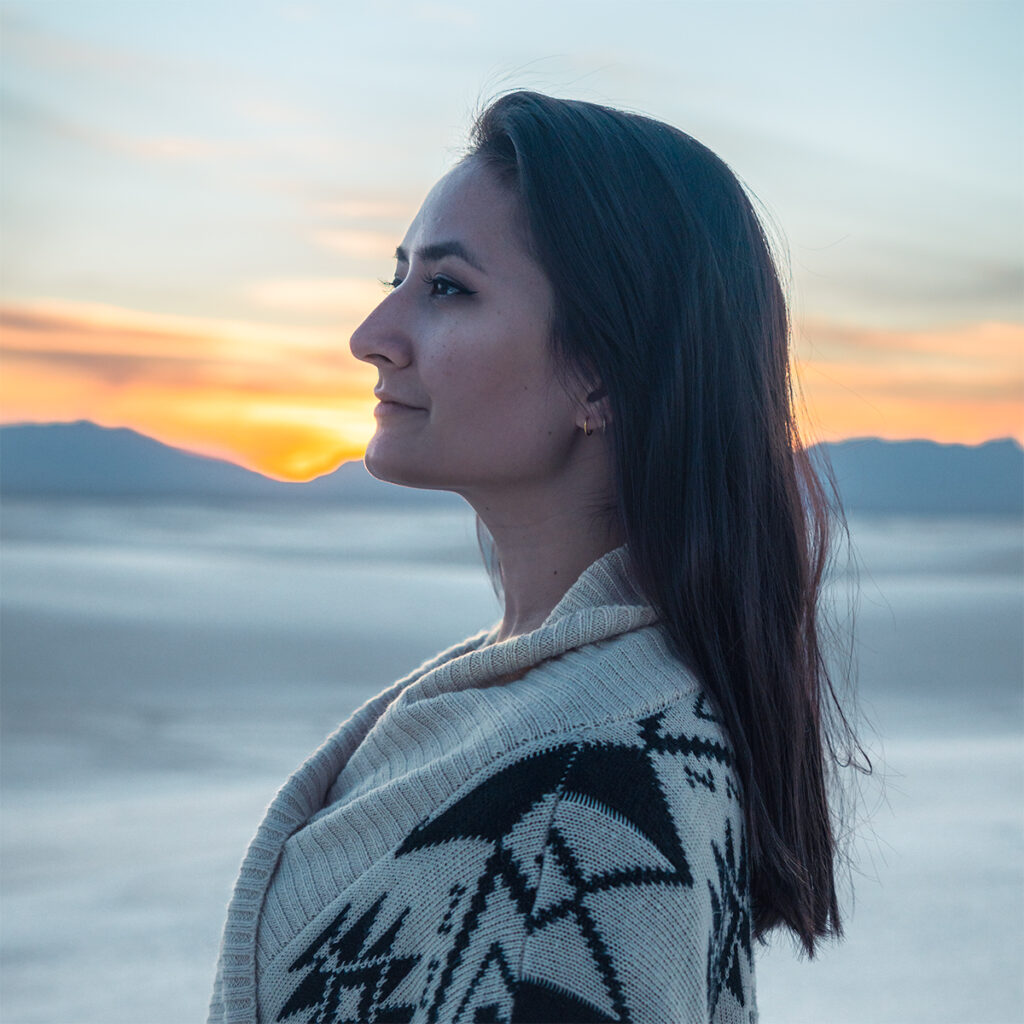
Shutter Speed: Freeze or Show Motion
Shutter speed controls how long your camera’s sensor is exposed to light. A fast shutter speed, like 1/1000s, freezes motion, while a slower shutter speed, like 1 second, blurs movement to show motion. The faster the shutter, the more you freeze action; the slower the shutter, the more you reveal motion blur.
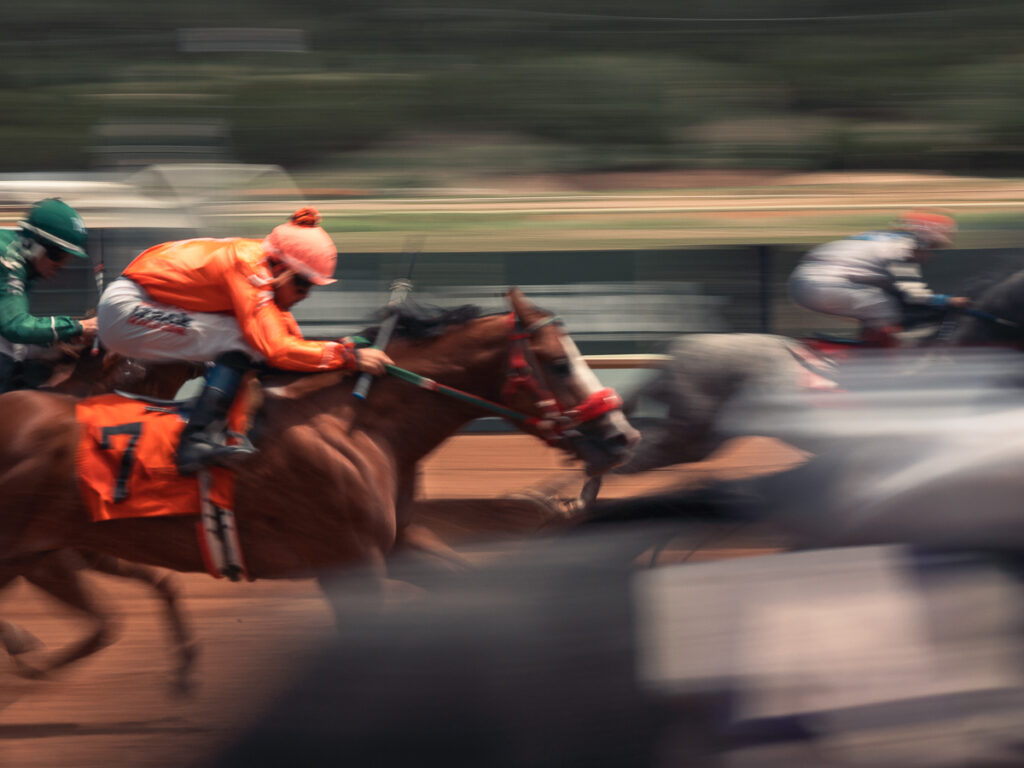
ISO: Sensitivity to Light
ISO stands for International Organization for Standardization and controls how sensitive your camera sensor is to light with a numerical value. A low ISO (like 100) means less sensitivity and cleaner images. A high ISO (like 3200+) makes your sensor more sensitive but can introduce noise or grain.
It’s best practice to keep ISO as low as you can for the best image quality, but sometimes bumping it up is the only way to get the shot. If that’s the look you’re going for, then go ham! The technology in cameras today, especially low-light champs like Sony, is so advanced that they can handle it. I was shooting with ISO 80,000 when I went to Lapland, Finland, to chase the Northern Lights, and I didn’t even need to post-process anything!
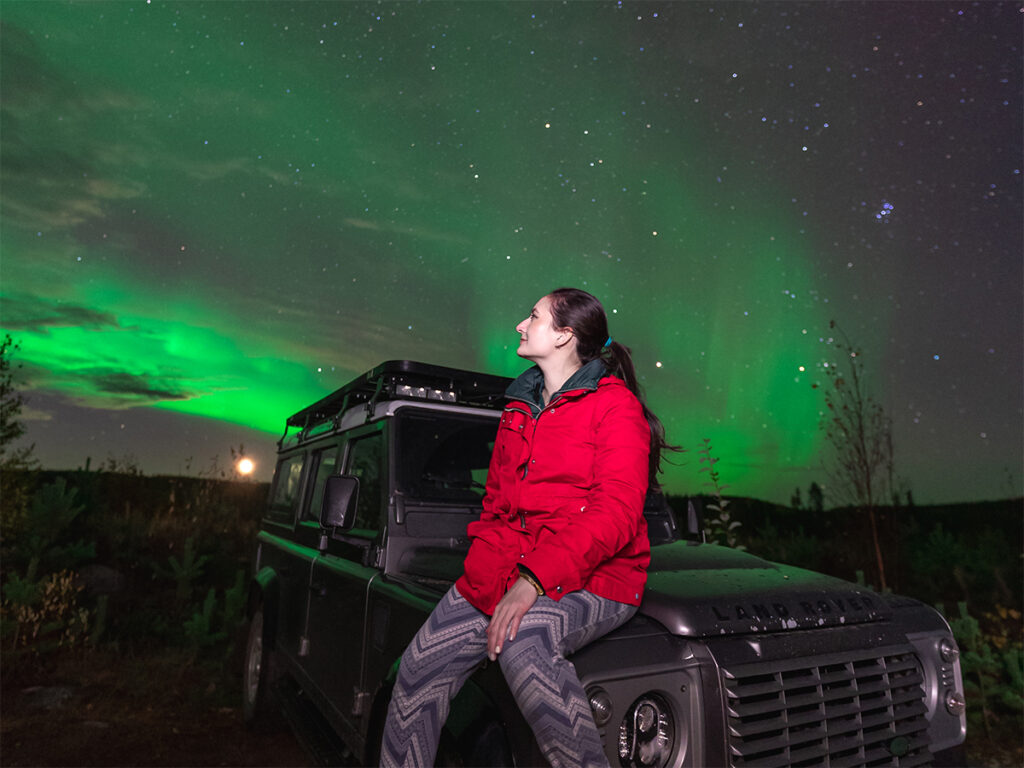
Balance Aperture, Shutter Speed, and ISO
Learning manual mode is like a balancing act. If you change one part of the triangle, you often need to adjust another to maintain the right exposure. For example, if you open your aperture wider (lower f-number) to blur the background, you might need a faster shutter speed to avoid overexposure. Or if you slow down your shutter speed for a night shot, you might need to raise your ISO to brighten the image without a flash.
The key is to understand your priorities: Are you trying to freeze action? Get a creamy background? Capture low light? Adjust the settings based on your creative goal.
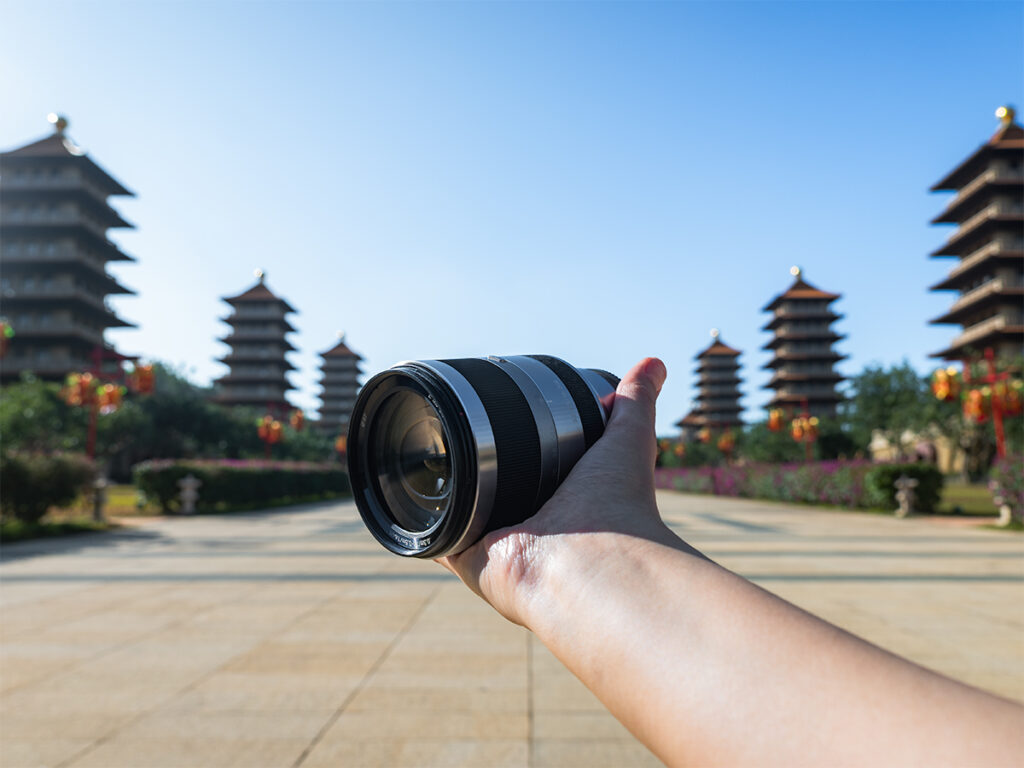
Your Next Step Toward Better Photos
Learning the Exposure Triangle isn’t about being technically perfect. It’s about giving yourself the tools to tell better visual stories. Start practicing today! The more you shoot, the more second nature these settings will become. You’re no longer just taking pictures, you’re making art!
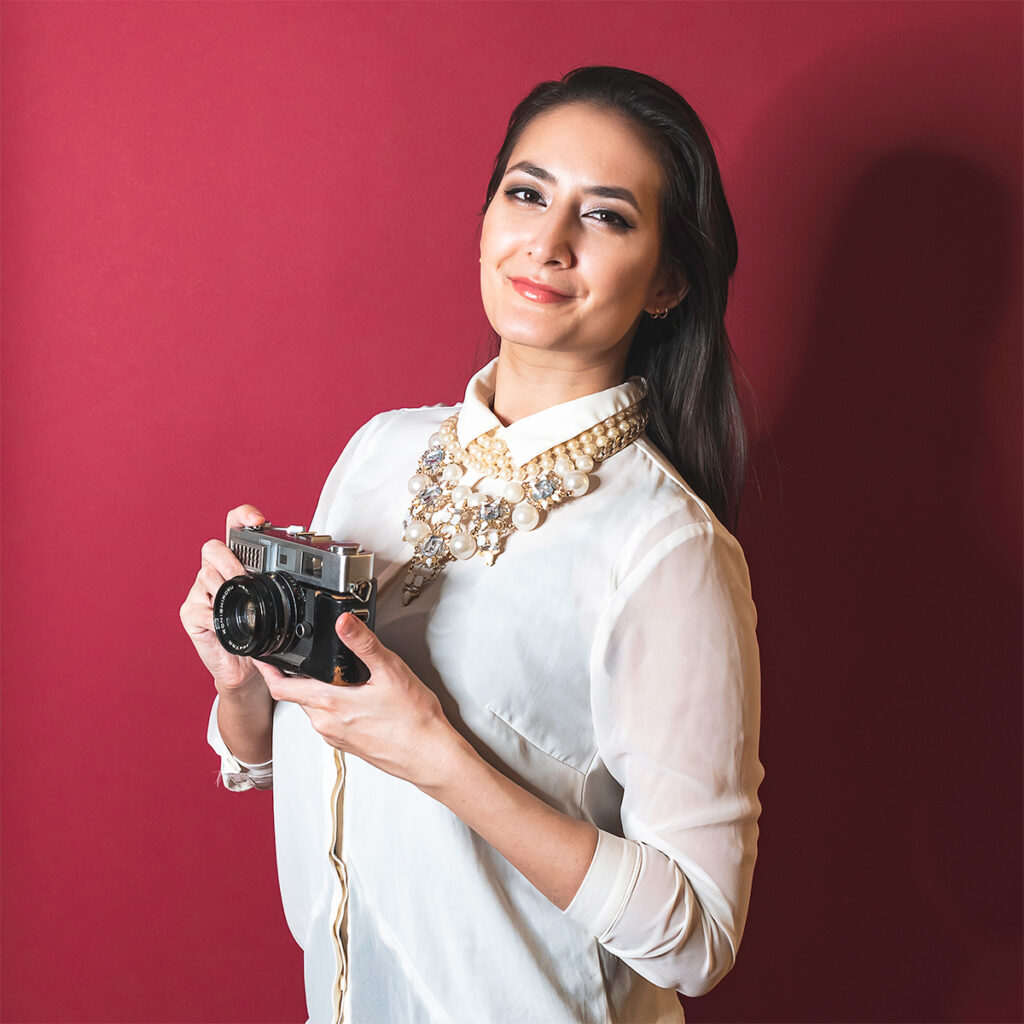
Watch on YouTube
To keep up to date with everything I share, follow along on my social media and read up on what camera gear I use.
Leave a Reply Cancel reply
© Erin Donahue Creative LLC, All Rights Reserved
Terms of Service & Privacy Policy